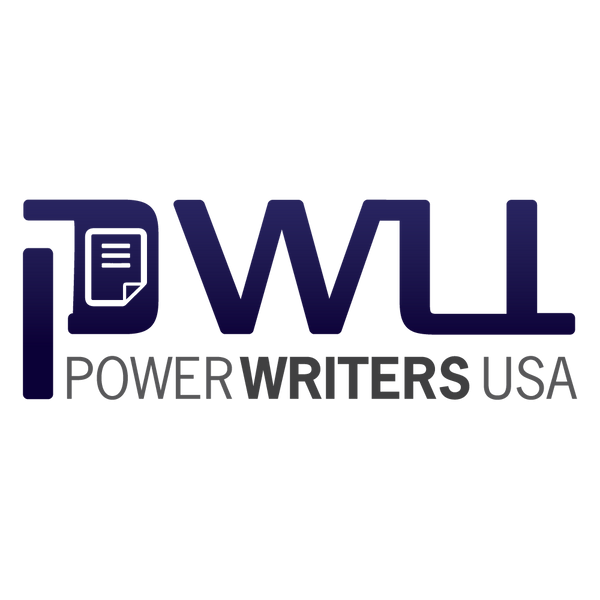How long is this chain?
Take a look around your current environment. What do you see? I see a cute plant in an even cuter plant pot with matching office accessories because a pretty desk makes for a happy me. I see paperwork, reading glasses, desktop, laptop, tablet, AND phone. Typical office desk, right?
All these items make up the long-line chain reaction that is supply chain, procurement, and management.
Think of these roles as compartments. Like that little cubby hole from in Grade 1. Remember those?
Step 1: Get the Goods.
Procurement, by definition, is the process of obtaining the goods and/or services required to fulfill a company’s business model. In the overall supply chain process, procurement stops once the company has possession of the goods.
Procurement process tasks include
- Sourcing suitable suppliers
- Connecting with necessary service providers
- Planning purchases
- Negotiating price
- Developing the standards of quality
- Managing purchase orders
- Financing purchases, if required
- Controlling inventory and disposal of production waste
Step 2: Mobilize the People
Supply Chain, by definition, consists of all the humans involved in getting the above-mentioned products in the hands of a customer.
Humans involved:
- raw material gatherers
- manufacturers
- transportation companies
- wholesale warehouses
- in-house staff,
- stock rooms
- and the teenager at the register.
It also includes the tasks and functions that contribute to moving that product, such as quality control, market research, and strategic sourcing.
Procurement is the process of getting the goods you need, while supply chain is the infrastructure needed to get you those goods.
To use a basic analogy, supply chain is the entire chair, while procurement and sourcing are parts of the chair. A simple picture that worked or me.
Step 3: Now Make it Flow.
Supply Chain Management or SCM
At its core, supply chain management is the act of overseeing and managing the above mentioned, supply chain. Amongst other things, this means ensuring all suppliers and manufacturers are maintaining quality and that everyone is practicing ethical business.
Yes, including ethical business practices.
There is no doubt, this is a significant issue faced by many organizations today. If a portion of a supply chain is not functioning in an ethical manner (think child labor or environmental damage) then the organization receiving goods from that supply chain can suffer negative repercussions as a result.
All the jobs.
All things considered, it’s an easy conclusion to make that the job be aplenty. Job seekers can find ample posting seeking employees at all levels in the chain.

With this in mind, whether your education is rooted in management, machine manufacturing, business strategy, transportation, customer experience, R&D or even data analysis, chances are likely that Supply Chain, Procurement or SCM are potential hiring prospects.
Our team at PWU has worked extensively with professionals at all levels in the above-mentioned industries. Connect with us when you’re looking to update the resume to reflect your current education and experiences. We offer a free consultation, resume review and will work with you to deliver an ideal resume that passes ATS and Recruiter processes.

